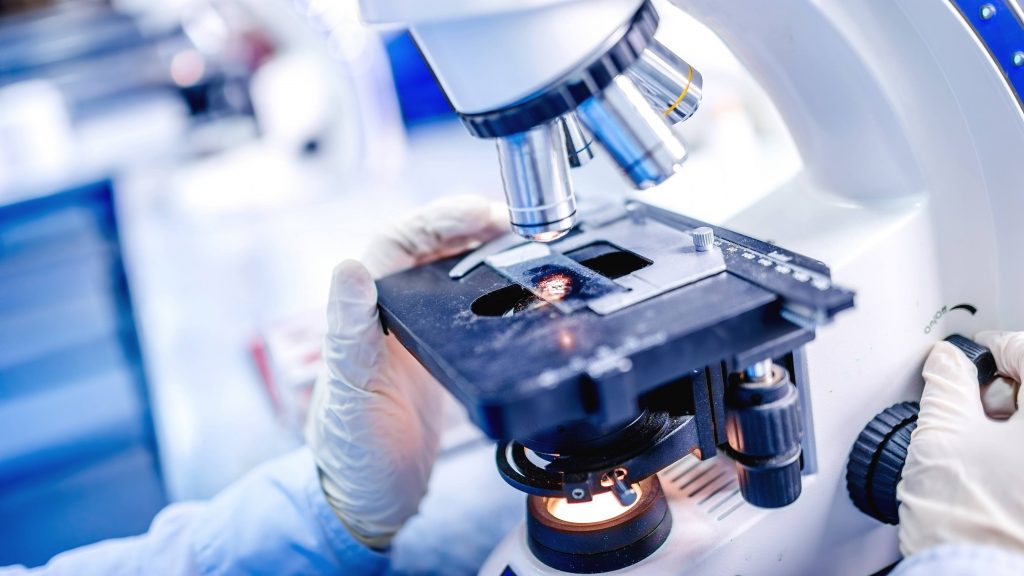
Eye on Innovation features exciting advances taking place at Mayo Clinic Laboratories. This monthly series shines a spotlight on recently developed tests and highlights how Mayo Clinic translates ideas and discoveries into testing resources that improve diagnosis and care for patients across the globe.
______________________________________________
It’s long been known that Lyme disease is caused by bacteria transmitted through the bite of an infected black-legged tick (otherwise known as the deer tick). The understanding for many years was that one species of bacteria was the main culprit behind Lyme disease in the United States: Borrelia burgdorferi.
But in 2016, researchers at Mayo Clinic discovered a new species of bacteria that causes Lyme disease. They named it Borrelia mayonii, after Mayo Clinic’s founders, Drs. William and Charles Mayo.
The bacterium was revealed through Mayo Clinic Laboratories’ polymerase chain reaction (PCR) blood test for Lyme disease (Test ID: PBORR). That PCR testing is the preferred method for differentiating between the two bacteria. People who have B. mayonii infection also may test positive with the Lyme disease serology test (Test ID: LYME), but the test will not distinguish a B. mayonii infection from a B. burgdorferi infection.
A key difference that has been noted between B. mayonii and B. burgdorferi is that B. mayonii spirochetes are found at high levels in peripheral blood, whereas B. burgdorferi spirochetes are not. Researchers surmised that meant the B. mayonii spirochetes potentially could be found on routine peripheral blood smears.
That proved to be true earlier this year when staff in Mayo Clinic’s Division of Clinical Microbiology observed several spirochaetes on thin blood films from a specimen that had tested PCR positive for B. mayonii. The bacteria were confirmed to be B. mayonii through genome sequencing. The findings were published in July in the journal Clinical Microbiology and Infection.
Read the rest of the article on the Mayo Clinic Laboratories website.
____________________________________________
Other Mayo Clinic medical research websites:
- Research at Mayo Clinic
- Discovery’s Edge
- Advancing the Science
- Forefront
- Mayo Clinic Center for Individualized Medicine
- Center for Regenerative Medicine
- Center for the Science of Health Care Delivery







